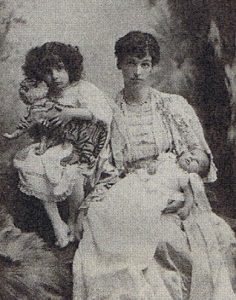 Lady Evelyn Murray was born in Edinburgh on the 17th of July 1867, she was the eldest child of the Earl and Countess of Dunmore. Her father was an explorer who was enthralled by the local Scottish landscape and this passion also extended to foreign lands as he often went to explore different parts of the world such as Canada and China. Her mother was at one point the lady in waiting for Queen Victoria and was also a very keen traveller. Much like her parent’s lady Evelyn was very curious in nature and when her family travelled to Egypt she became fascinated with Islam. During her time in Egypt, she formed bonds with the local Arabs and began to learn Arabic and even participated in mosque services, She later recalled feeling like a “little Muslim at heart” during her stays in the Arab world.
Lady Evelyn Murray was born in Edinburgh on the 17th of July 1867, she was the eldest child of the Earl and Countess of Dunmore. Her father was an explorer who was enthralled by the local Scottish landscape and this passion also extended to foreign lands as he often went to explore different parts of the world such as Canada and China. Her mother was at one point the lady in waiting for Queen Victoria and was also a very keen traveller. Much like her parent’s lady Evelyn was very curious in nature and when her family travelled to Egypt she became fascinated with Islam. During her time in Egypt, she formed bonds with the local Arabs and began to learn Arabic and even participated in mosque services, She later recalled feeling like a “little Muslim at heart” during her stays in the Arab world.
It was also in Cairo where she met John Dupuis Cobbold who she went on to marry on the 23rd of April 1891. Following her marriage ceremony, Lady Evelyn had to leave Cairo to become the lady of the manor of Holywells. Even during this time she tried to remain connected with the Arab world as she took with her a screen which had her favourite views of Egypt sketched on it, as well as her Arabian mare. After just over a decade of marriage, the couple got divorced for unknown reasons in 1922. It seems that the divorce reignited her interest in Islam as she used the money she gained from the divorce and her aristocratic status to build up connections with Arabian nobles to facilitate her later pilgrimage to Mecca.
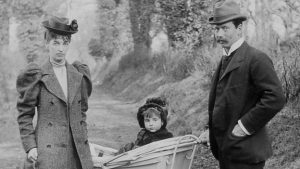
At the age of 65, Lady Evelyn Cobbold was the first British women to perform Hajj, although it should be noted that her pilgrimage was made easier once again because of her status as a British elite and the connections she formed. For example, she was given a guide and helpers who assisted her throughout the pilgrimage, moreover, she was able to use a car to complete part of the journey and she also did not have to wear the burka like other female pilgrims. However, these privileges allowed her to keep a detailed diary that documented her pilgrimage. The diary is an amazing source and beyond the details of the pilgrimage itself, it has helped us to better understand what Arabian society was like during that time. It’s also very valuable because it is written from a very unique point of view, that of a female British convert. Within the diary lady Cobbold defends Islam, well aware of its negative perception in the west she attempts to address many of the misconceptions people have, such as issues regarding polygamy, jihad and the status of a woman. She also highlights the tolerant nature of Islam and its emphasis on equality as well as education.
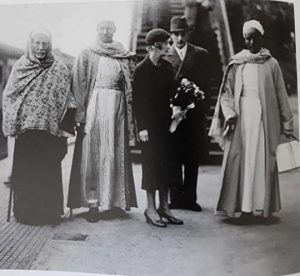
Not much is known about her life after she completed her pilgrimage, she passed away in 1963 aged 95, She requested an Islamic burial and her headstone was inscribed with a verse from Surah An-Nur.
For more information about Lady Evelyn and a few other early Muslim converts, read p8-9 of the Everyday Muslim commemorative issue of the Islamic Review.
Bibliography:
1. https://archive.org/details/in.ernet.dli.2015.172757/page/n13/mode/2up
2. https://www.bbc.co.uk/news/uk-england-48069763
3. Cobbold, Evelyn, et al. Pilgrimage to Mecca. King Abdulaziz Public Library, 2008.
Author: Raihan Fahim
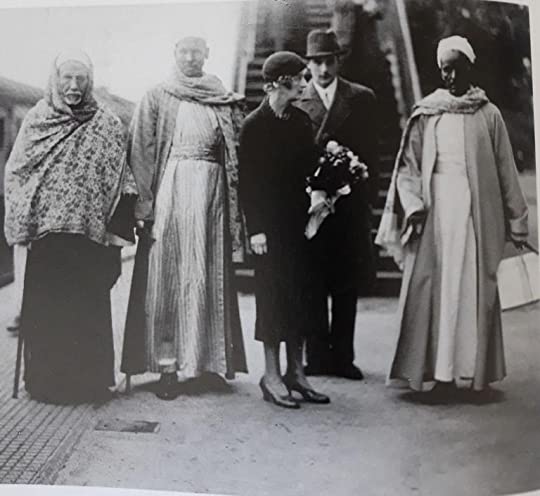
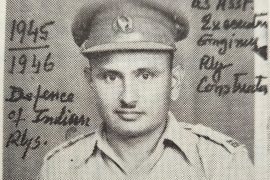
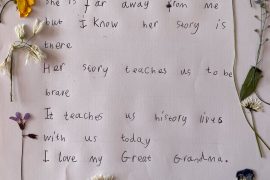
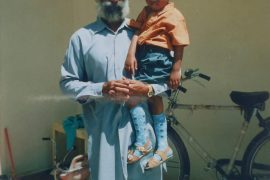
Comments are closed.